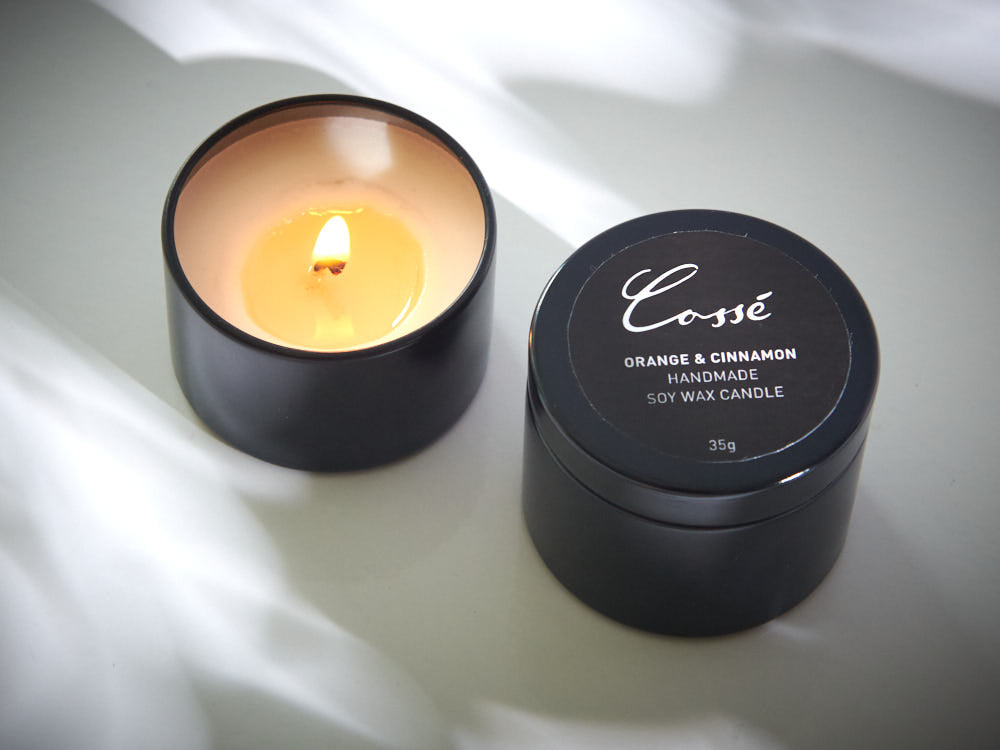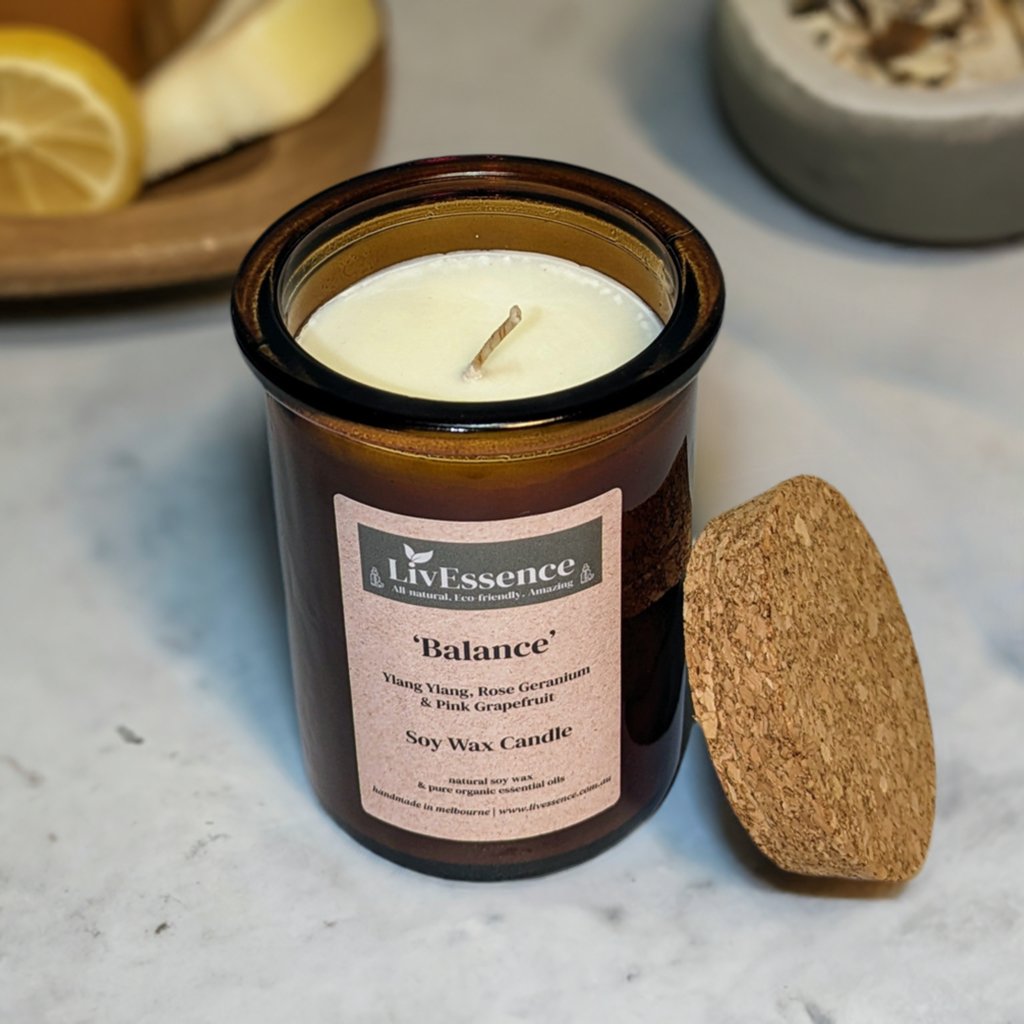From Wick to Wax: Recognizing the Chemistry Behind Soy Wax Candles and Their Environmental Impact
As we brighten our areas with the warm glow of candles, there exists a world of detailed chemistry behind the seemingly straightforward act of lighting a soy wax candle light. The selection between soy and paraffin wax extends beyond plain aesthetic appeals, diving right into the realm of environmental influence and the really composition of the products. Comprehending the molecular structure of soy wax and its burning procedure clarifies the emissions released into our environments. Join us as we unwind the clinical complexities behind soy wax candle lights and discover their effects on our environment.
Soy Wax Vs. Paraffin Wax
When contrasting soy wax and paraffin wax for candle production, it is important to understand the distinct attributes and advantages of each material. Soy wax is a natural, renewable energy obtained from soybean oil, making it environment-friendly and naturally degradable - soy candles. On the other hand, paraffin wax is a result of oil refining, which increases concerns about its ecological effect and sustainability
Soy wax candle lights burn cleaner and emit much less residue contrasted to paraffin wax candles, making them a much healthier option for indoor air high quality. In addition, soy wax has a lower melting point, enabling a longer-lasting candle that disperses scent more effectively. Paraffin wax, on the other hand, tends to shed faster and less cleanly, possibly launching damaging chemicals into the air.
From a sustainability point of view, soy wax is favored for its biodegradability and eco-friendly sourcing, straightening with the growing consumer preference for ecologically aware products. While paraffin wax has been a traditional choice in candle making due to its cost and convenience of usage, the shift in the direction of green choices like soy wax is gaining momentum in the industry.
Chemical Composition of Soy Wax

Burning Refine in Soy Candles
The chemical composition of soy wax straight affects the burning procedure in soy candle lights, influencing aspects such this link as shed time, aroma launch, and environmental influence. When a soy candle light is lit, the warm from the flame thaws the wax near the wick.
The burning performance of soy candle lights is affected by the purity of the soy wax and the top quality of the wick. A clean-burning soy candle with an appropriately sized wick will certainly reduce and produce a steady fire residue development. This not only extends the shed time of the candle light however also boosts the launch of fragrances. In addition, soy wax candles have a lower ecological effect contrasted to paraffin candle lights because of their eco-friendly and sustainable nature.

Environmental Benefits of Soy Wax

Considered a sustainable option to standard paraffin wax, soy wax provides remarkable ecological advantages that make it a preferred choice amongst eco-conscious consumers. Soy wax burns cleaner and generates much less soot than paraffin wax, contributing to far better interior air quality and minimizing the requirement for cleansing and maintenance. Generally, the environmental advantages of soy wax align with the expanding need for lasting and eco-friendly items in the market.
Recycling and Disposal Considerations
Reusing and proper disposal of soy wax candles play an important role in preserving environmental sustainability and decreasing waste in areas and houses. The initial action is to ensure that the candle light Check Out Your URL has shed completely when it comes to recycling soy wax candles. This can be attained by allowing the candle to shed till the wick is no more functional, and then allowing the continuing to be wax cool and strengthen. Once the wax has actually strengthened, it can be very carefully gotten rid of from the container.

In terms of disposal, if recycling is not a choice, soy wax candles are naturally degradable and can be securely gotten rid of in most household waste systems. It is always recommended to check with regional reusing centers or waste management services for specific standards on candle light disposal to ensure correct handling and environmental defense.
Conclusion
In verdict, the chemistry behind soy wax candles exposes their ecological benefits over paraffin wax candles. Soy wax, obtained from soybean oil, burns cleaner and produces less soot when compared to paraffin wax.
When comparing soy wax and paraffin wax for candle light making, it is necessary look at here to understand the distinct qualities and benefits of each product (soy wax candles).Soy wax candles shed cleaner and release much less residue contrasted to paraffin wax candles, making them a healthier choice for interior air quality.Taken into consideration a lasting alternative to traditional paraffin wax, soy wax offers remarkable environmental advantages that make it a popular choice amongst eco-conscious consumers. Soy wax burns cleaner and generates less soot than paraffin wax, contributing to far better interior air top quality and minimizing the need for cleansing and maintenance.In final thought, the chemistry behind soy wax candle lights discloses their ecological advantages over paraffin wax candle lights